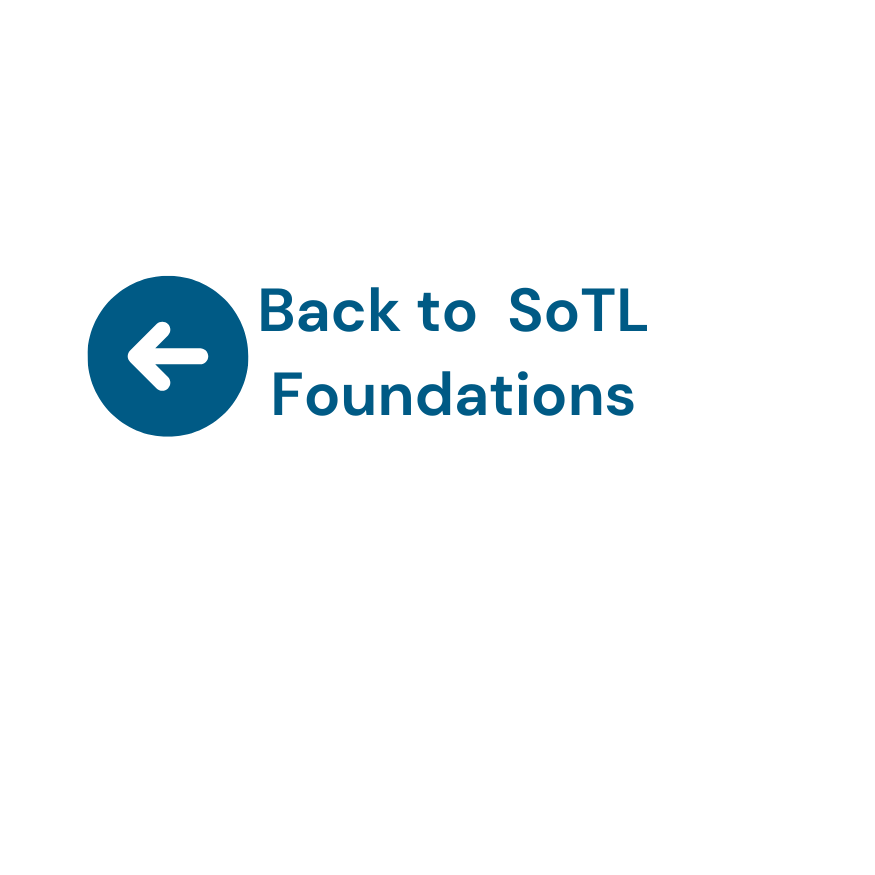Checklist: Data Analysis
SoTL Research Foundations: Data Analysis Procedures
1. Data Preparation:
a. Data Integration: Compile all data into a single source.
- Example: Aggregate engagement scores and demographic information into one spreadsheet.
b. Data Cleaning: Address missing data, outliers, and errors.
- Example: Use mean imputation for missing engagement scores.
c. Data Transformation: Convert data into suitable formats for analysis.
- Example: Normalize engagement scores to a common scale.
2. Exploratory Data Analysis:
a. Descriptive Statistics: Calculate means, medians, and standard deviations for continuous variables and frequency counts for categorical variables.
- Example: Summarize average engagement levels for each teaching method.
b. Data Visualization: Create histograms, box plots, and scatter plots.
- Example: Visualize engagement score distributions with histograms.
c. Correlation Analysis: Calculate correlation coefficients between continuous variables..
- Example: Assess correlation between engagement scores and class size.
3. Tests of Assumptions: Conduct tests for normality and homogeneity of variances.
- Example: Perform the Shapiro-Wilk test for normality and Levene's test for homogeneity of variances.
4. Hypothesis Testing:
a. Formulate the Hypothesis: Develop null and alternative hypotheses.
- Example: Null hypothesis: There is not a significant difference in engagement levels between teaching methods.
Alternative hypothesis: There is a significant difference in engagement levels between teaching methods.
b. Select the Statistical Test: Choose the appropriate test based on the research question.
- Example: Select the independent-samples t-test to compare group means.
c. Conduct the Test: Use software tools to perform the analysis.
- Example: Use Excel to run the t-test and obtain results.
5. Interpret the Results: Analyze p-values, confidence intervals, and effect sizes.
- Example: Interpret a p-value less than .05 as a significant difference in engagement levels between teaching methods.
6. Reporting the Results: Present findings in APA format.
- Example: Report the t-test results, including t-value, degrees of freedom, p-value, effect size, and narrative interpretation.
---------- Grouped Links ---------
numOfValidGroupedLinks: 4
SoTL Helper (AI - POE external): https://poe.com/SoTLCIRTBOT49
RR: SoTL: https://cirt.gcu.edu/research/develop/research_ready/sotl/1
RR: Qualitative: https://cirt.gcu.edu/research/develop/research_ready/qualitative
RR: Quantitative: https://cirt.gcu.edu/research/develop/research_ready/quantresearch
----------------------------------
-------------- Links -------------
numOfValidLinks: 0
----------------------------------
this.updated: True
links.count: 0
obj.hasPermission(enums.PermissionVerb.Edit): False
numOfValidLinks: 0
linksJSON.groups.count: 1
numOfValidGroupedLinks: 4
numOfValidGroupedLinks -> numOfLinksToDisplay: 4
numOfLinksToDisplay = 4
this.layout = 2
- TrueFalse(True || !True && False)https://poe.com/SoTLCIRTBOT492
- SoTL Helper (AI - POE external) TrueFalse(True || !True && False)https://cirt.gcu.edu/research/develop/research_ready/sotl/12
- RR: SoTL TrueFalse(True || !True && False)https://cirt.gcu.edu/research/develop/research_ready/qualitative2
- RR: Qualitative TrueFalse(True || !True && False)https://cirt.gcu.edu/research/develop/research_ready/quantresearch2
- RR: Quantitative
view = 2
numColumns = 1
lineBetween = 1
arrowStyle = 3
barStyle = 1
barColor = #470a68
results = 10
Page Options

